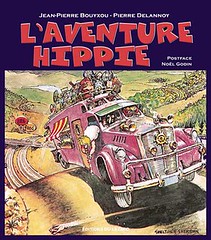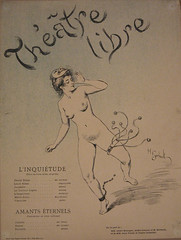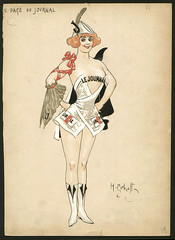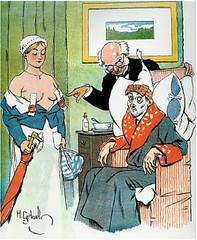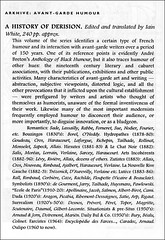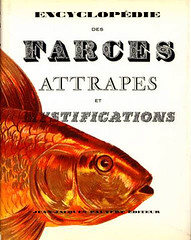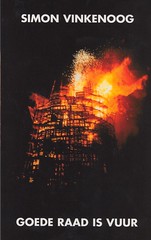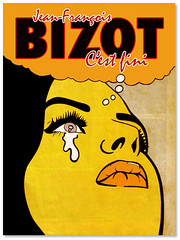L’Aventure hippie Jean-Pierre Bouyxou and Pierre Delannoy
Illustration by Gilbert Shelton and Dave Sheridan.
L’Aventure hippie is a French book written by Jean-Pierre Bouyxou and Pierre Delannoy. It subject matter is the birth of the sixties counterculture, with a special focus on French developments. It was first published at Plon in 1992, later editions at Editions du Lézard (1995 and 2000) and currently in print from the 10/18 collection.
Photos from the book
The last issue of Suck Magazine
Dennis Kitchen illu. to Weird Trips #1 (1972)
Photo of Emmanuelle Arsan
Print by Victor Moscoso
Oh! Calcutta!
To Katinaki from a Roland Lethem film
Ultra Violet (photo Jacques Prayer)
Early pre-Debord instance of “Ne Travaillez Jamais” quote
Photos from the shop where I bought the book.
Daniel Torres
unidentified poster
Claude Gillot prints
Berthet?
Chinese furniture book
Roland Topor poster
Paul Mariat sleeve
Cristina sleeve
Lio sleeve (Pop Model)

